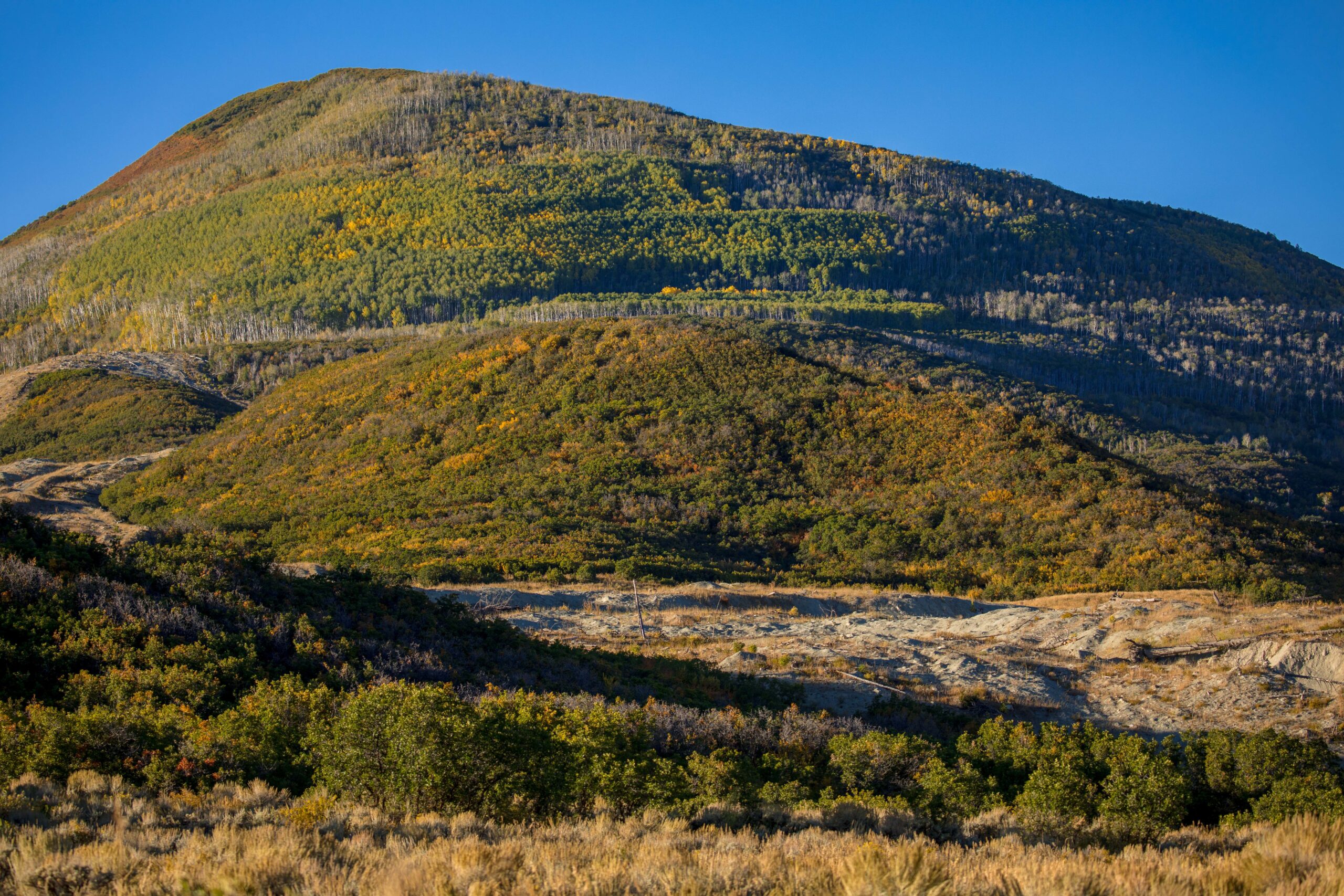By Paul Queneau
On May 25, 2014, the longest landslide ever documented in Colorado rumbled down the side of the Grand Mesa, the largest flat top mountain in the world. Geologists estimate it may have hit 85 mph as an avalanche of rocks, mud and debris traveled nearly three miles down West Salt Creek southeast of the small town of Collbran in Mesa County, killing three ranchers working on an irrigation ditch along the creek.
It also caused a magnitude 2.8 earthquake and sent a seismic “wave train” rippling across the surrounding landscape for three minutes. Starting on Forest Service land along the rim of the Grand Mesa, the landslide descended through vast stands of quaking aspen and likely also killed some of the 10,000 elk and 9,000 mule deer that roam here.
Halfway along its run, the slide entered private land where the human death toll would have been far higher had it struck homes or condominium complexes.
Fred Lekse, chair of the Rocky Mountain Elk Foundation’s Board of Directors, owns the ranch that covers the lower half of slide. In 2018, he worked with RMEF to permanently protect nearly 1,500 acres of wildlife habitat through a voluntary conservation agreement (also known as a conservation easement), including several hundred acres covering the toe of the slide.
A decade after this geologic cataclysm shook the Grand Mesa, aspen are gradually reclaiming the upturned soil, and the surrounding forest remains as vibrant as ever. This agreement will ensure it stays wild and undeveloped in perpetuity.
“We are grateful for Fred Lekse’s vision in seeing the need and acting on the desire to establish a voluntary conservation agreement on his property,” said Kyle Weaver, RMEF president and CEO. “Because of his insight, the habitat is permanently protected for elk and an array of other wildlife species.”
This is RMEF’s fourth permanent land protection project in Mesa County, conserving more than a mile of Salt Creek, part of the Colorado River watershed. It also serves as both winter and summer range for elk, moose and mule deer and many other species of wildlife, and straddles a big game migration corridor connecting adjacent public lands.
Lekse is a long-time RMEF life member. He joined the RMEF Board of Directors in 2015, and has served in various leadership capacities ever since.
“By donating this conservation easement to permanently protect its wildlife values, I feel I am able to make an additional contribution that will last forever,” says Lekse.
